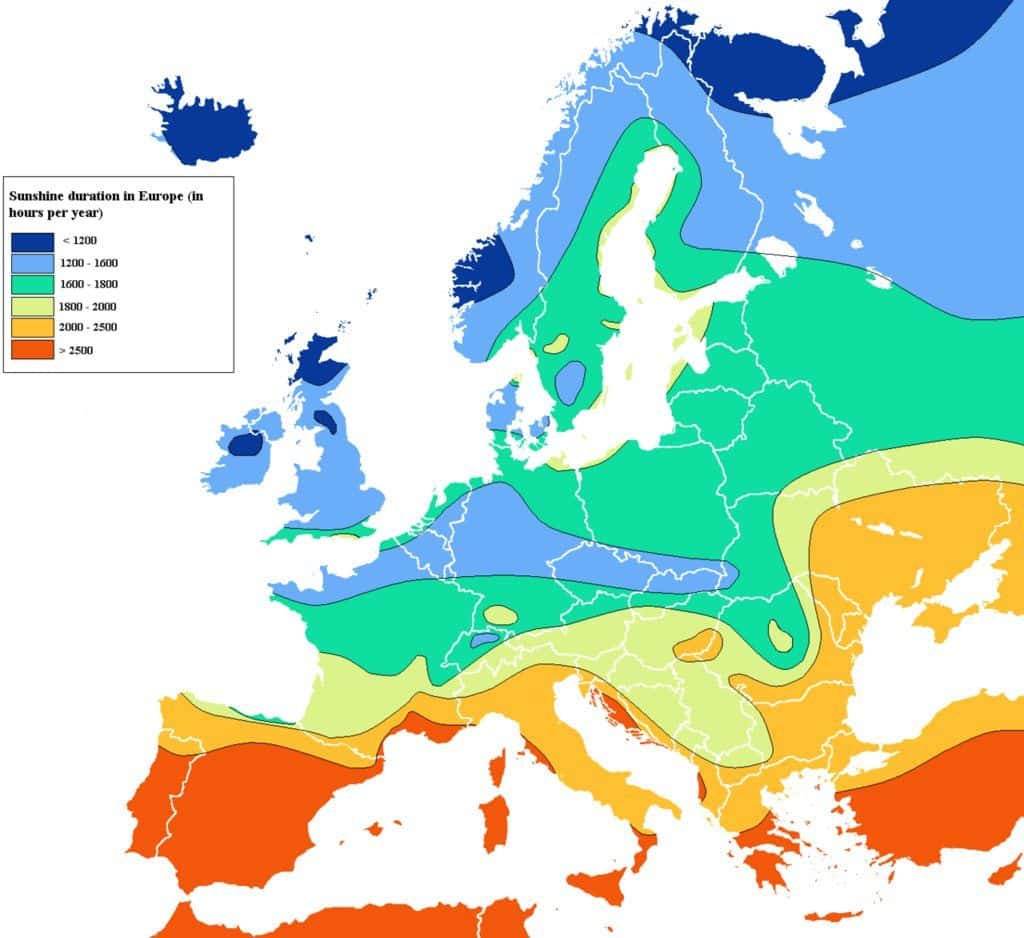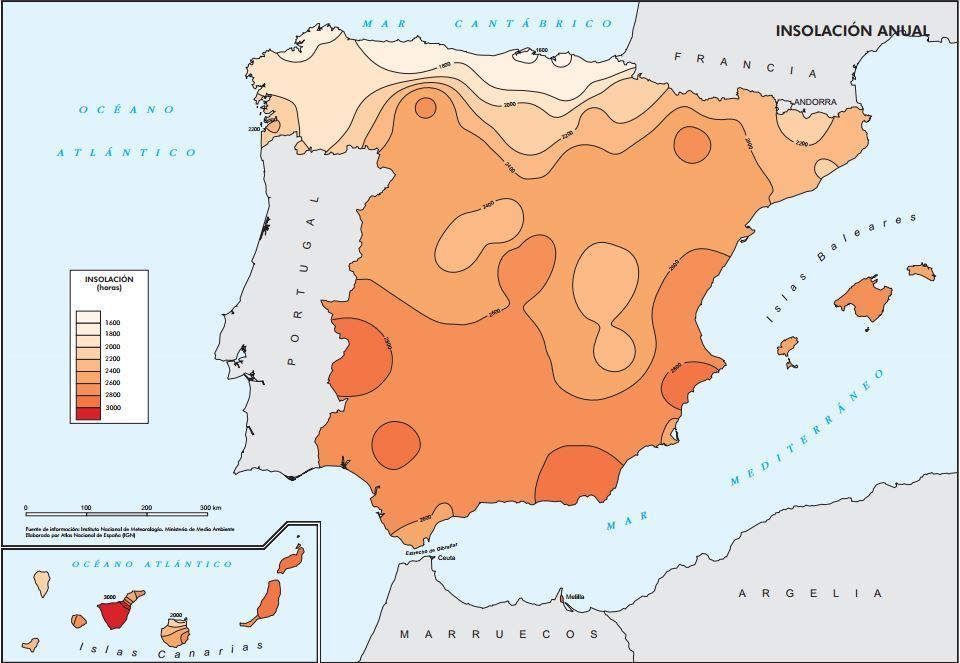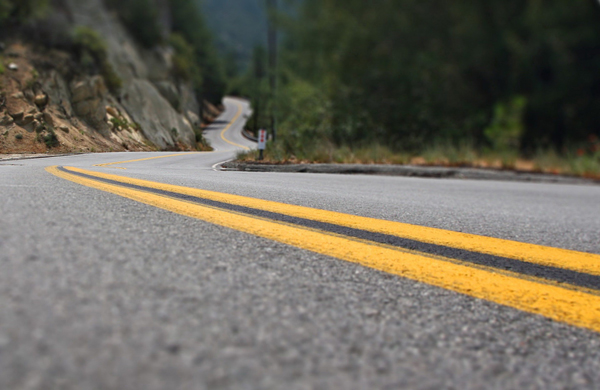The Best Time to Go on a Motorbike Trip in Spain
Spain offers ideal conditions for motorbike trips all year round, with an average of 2500 to 3000 hours of sunshine per year. The Valencian Community stands out as the sunniest region in Europe, boasting an average of 350 hours of sunshine per month.
For comparison, the United Kingdom has between 1200 and 1600 hours of full sunlight per year, while Scotland has less than 1200 hours, averaging only 3.3 hours per day.
Sunshine Hours in Europe

Although motorcycle tourism in Spain peaks in spring, summer, and autumn, every season has its ideal destinations. Northern Spain gets around 1600 to 2000 hours of sunshine per year, while the sunniest areas like Valencia, Andalusia, and the Balearic and Canary Islands exceed 2500 hours.
Sunshine Hours in Spain

Choosing the right season and region is key to enjoying your motorcycle trip, as northern Spain in winter is cold and rainy, while southern regions offer mild and sunny conditions.
Roads in Spain for Riding a Motorcycle
Spain has an extensive and well-maintained road network of over 165,375 kilometers, with excellent asphalt, signage, and breathtaking landscapes. Combined with historical sites and diverse gastronomy, Spain is a paradise for motorbike riders.
Highways and Dual Carriageways

Highways are popular for long journeys, often requiring tolls with a maximum speed limit of 120 km/h. Dual carriageways are similar but toll-free.
Regional Roads
These include national, provincial, and local roads, connecting towns and rural areas. They are well-maintained and ideal for scenic motorcycle routes.
Seasonal Road Conditions
Dry, well-paved roads with curves are perfect for motorcycling. Winter conditions in northern Spain can be hazardous due to snow and ice, making southern regions like Valencia and Andalusia more favorable for winter rides.

High and Low Season in the Hotel Industry
Low season runs from November 1st to March 31st, while high season is from April 1st to October 31st. Your budget and availability will determine the best time for your trip.